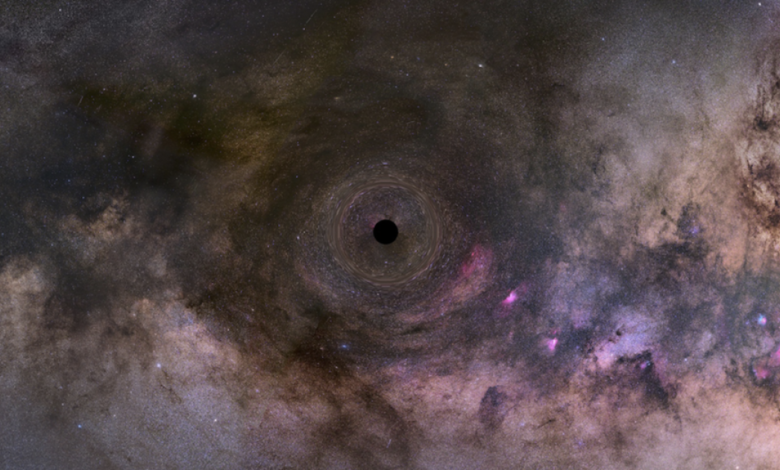
Scientists believe the Hubble telescope has, for the first time, detected evidence of a black hole situated between stars in our galaxy.
"Until now, all black hole masses have been inferred statistically, or through interactions in binary systems or the cores of galaxies," NASA said in a press release. "Stellar-mass black holes are usually found with companion stars, making this one unusual."
NASA said this newly discovered black hole is about 5,000 light-years away in the Carina-Sagittarius, which sits in our Milky Way spiral arm.
The discovery of the black hole comes after six years of observation.
The space agency said that two teams used data collected from the telescope during their observation.
"As much as we would like to say it is definitely a black hole, we must report all allowed solutions. This includes both lower-mass black holes and possibly even a neutron star," said Jessica Lu of the Berkeley team. "Whatever it is, the object is the first dark stellar remnant discovered wandering through the galaxy unaccompanied by another star."
Scientists identified it when Hubble observed deflected starlight bent by the collapsed star's massive gravitational pull.
Researchers believe this black hole is in motion and think about 100 million more free-floating black holes are moving about our galaxy.
They form when stars explode in a supernova, and the remaining core is crushed by its own gravity.
This newest discovery helped astronomers estimate the closest one could be about 80 light-years away.








